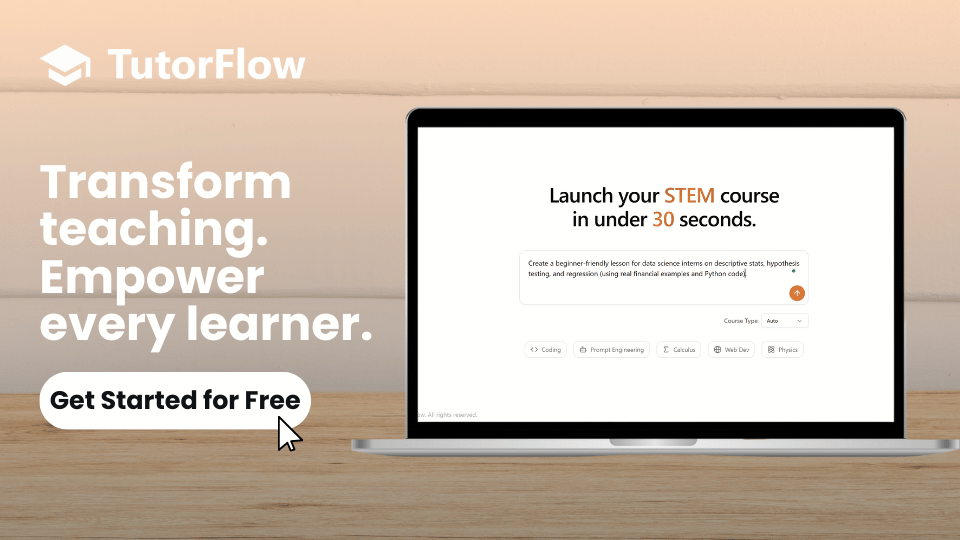
Imagine stepping into a classroom where every tool adapts to your needs, data guides every improvement, and technology brings minds together no matter where they are. That vision, once only for futurists, is quickly becoming reality. A wave of edtech research is transforming how we teach, learn, and connect.
In 2025, success is not about collecting apps. It is about knowing which technologies truly move the needle for learners and educators, and choosing based on evidence, not hype.
Why This Matters: EdTech's Fast-Changing Landscape
The global edtech market is projected to reach nearly $600 billion by 2032, growing at over 17% annually. That number is impressive, but scale alone does not guarantee impact. After the pandemic accelerated adoption, the challenge now is different: how to measure learning outcomes, engage students meaningfully, and close opportunity gaps that technology sometimes widens instead of solving.
This article reviews the most recent research and highlights what actually works, plus how TutorFlow is designed to bring these insights to life.
1. AI-Driven Personalization: From Theory to Practice
Static, one-size-fits-all instruction is quickly fading. Studies now show AI-powered adaptive learning consistently boosts achievement, engagement, and motivation. For example, a review of over 60 adaptive learning studies found that performance improved in nearly 60% of interventions, with especially strong results in STEM education.
Adaptive systems work by analyzing thousands of data points in real time, then adjusting lesson difficulty, pacing, and feedback for each learner. Teachers no longer need to spend endless hours tailoring lessons. Platforms can handle personalization at scale, freeing educators to focus on mentoring and support.
As Watermark Insights notes, “AI is enabling teachers to provide personalized pathways without adding more hours to their day.”
TutorFlow Example
TutorFlow's AI automatically adapts quizzes, feedback, and lessons. Students who need extra help get targeted practice, while advanced learners receive stretch challenges. Teachers get alerts showing exactly who needs intervention and why, helping them support a whole class without losing track of individual needs.
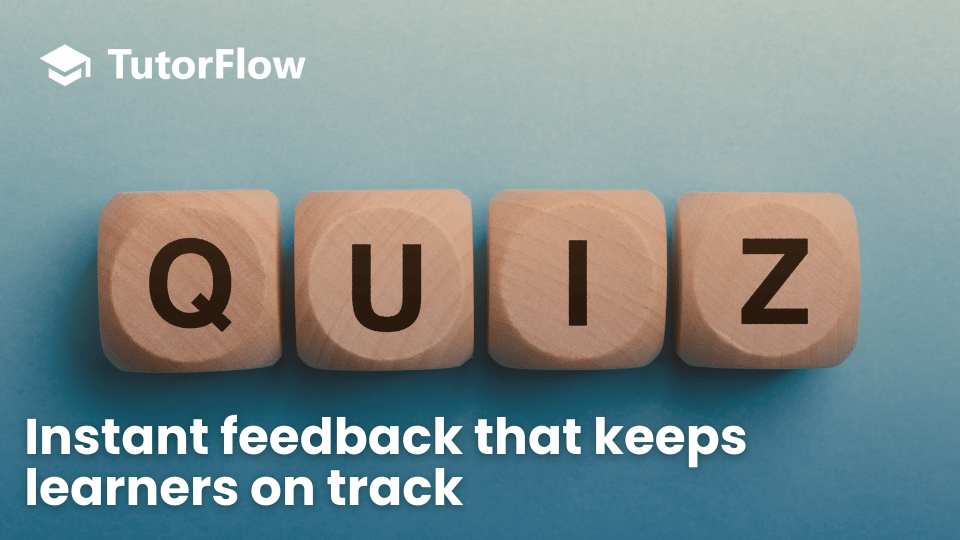
2. Engagement Reimagined: Gamification, VR, and Social Learning
Engagement is more than fun, it drives deeper learning. Research from the Digital Learning Institute shows that gamification and immersive experiences are now mainstream. Students using VR or AR, such as exploring virtual cities or running lab simulations, report higher motivation and retention.
At the same time, social learning remains critical. Edutopia's 2025 highlights showcase tools for collaborative debates, real-time project feedback, and peer mentoring. These strengthen community and belonging, especially in hybrid classrooms where isolation is a risk.
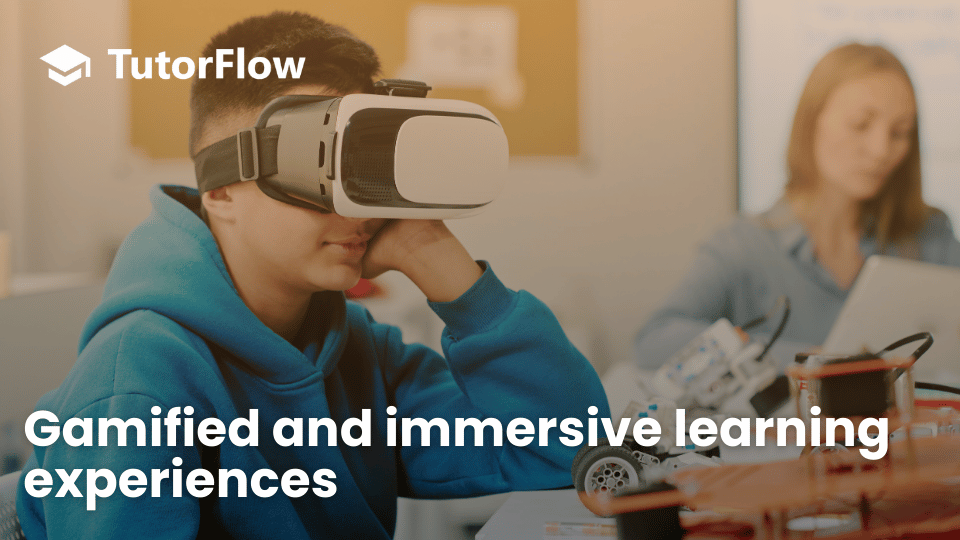
3. Analytics and Data-Driven Feedback
One of the most powerful shifts in 2025 is turning learning data into action. Predictive analytics highlight which students are excelling, who might be falling behind, and where content needs improvement.
According to CoSN's 2025 leadership report, nearly 40% of district leaders say analytics and adaptive tools are their top priorities for instructional change. With these tools, interventions can happen early, before students disengage completely.
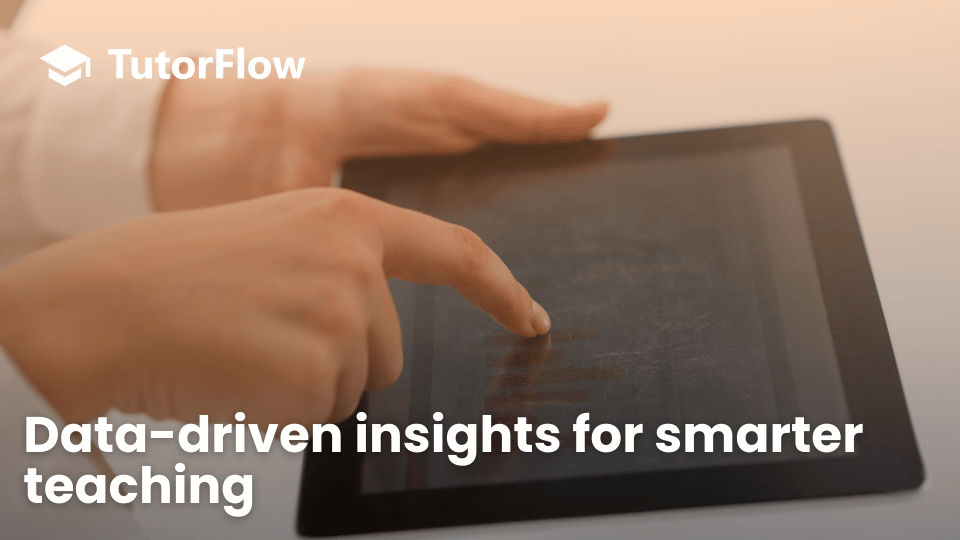
4. Flexible Assessment and Micro-Credentials
Assessment is no longer about a single test at the end of a unit. Research confirms students prefer flexible digital assessments, which reduce anxiety and allow real-time feedback. MagicBox found digital exams not only improved confidence but also gave educators stronger evidence of mastery.
Micro-credentials and digital badges are also rising fast. They let learners prove mastery of specific skills, one step at a time, supporting lifelong learning.
5. Hybrid and Cloud-Based Learning
Flexibility defines modern education. Blended learning models let institutions adapt to student preferences while expanding global reach. Edmentum notes that cloud-native tools and asynchronous boards are now standard, enabling students to connect and contribute regardless of time zones.
TutorFlow Example
TutorFlow is fully mobile and cloud-ready. Students can join discussions, share projects, and collaborate across devices, whether they are in a classroom or on the go.
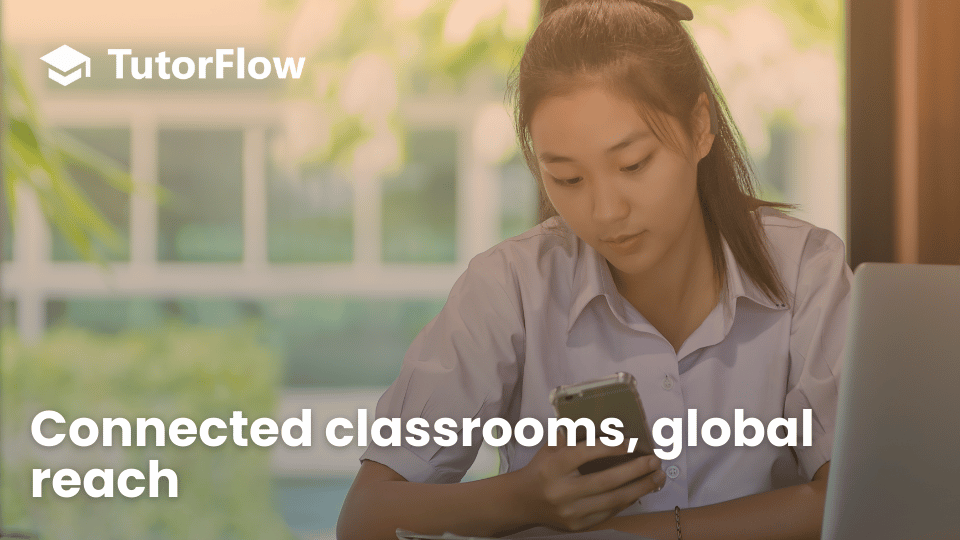
6. Equity, Ethics, and Access
Perhaps the most important challenge is ensuring technology narrows gaps instead of widening them. UNESCO stresses that edtech must be built for inclusivity, not just efficiency. Privacy, accessibility, and equitable access are non-negotiable.
TutorFlow Example
TutorFlow prioritizes inclusivity with multilingual content, accessibility features, and global compliance on data privacy. Its design ensures underserved learners are not left behind.
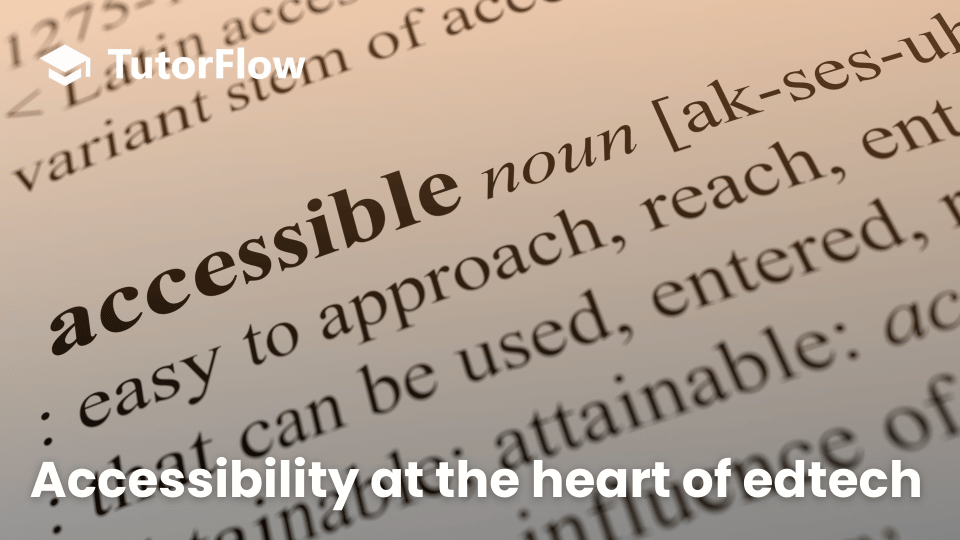
Looking Ahead: Turning Research Into Practice
The big lesson from 2025's research is this: technology matters when it enhances relationships, outcomes, and equity, not when it is used for its own sake.
Adaptive learning, immersive engagement, smart analytics, flexible assessments, and equity-first design are no longer experiments. They are the building blocks of transformative education.
As the OECD's 2025 education outlook notes, the most effective technologies are those that help teachers and students work smarter, not just faster.
At TutorFlow, our mission is to bring these research-backed innovations directly to classrooms, campuses, and companies.
Start Transforming Learning Today
Education in 2025 is no longer about digital tools for convenience. It is about building systems that empower every learner, support every teacher, and deliver measurable growth.
Start for free today and transform the way you teach.
